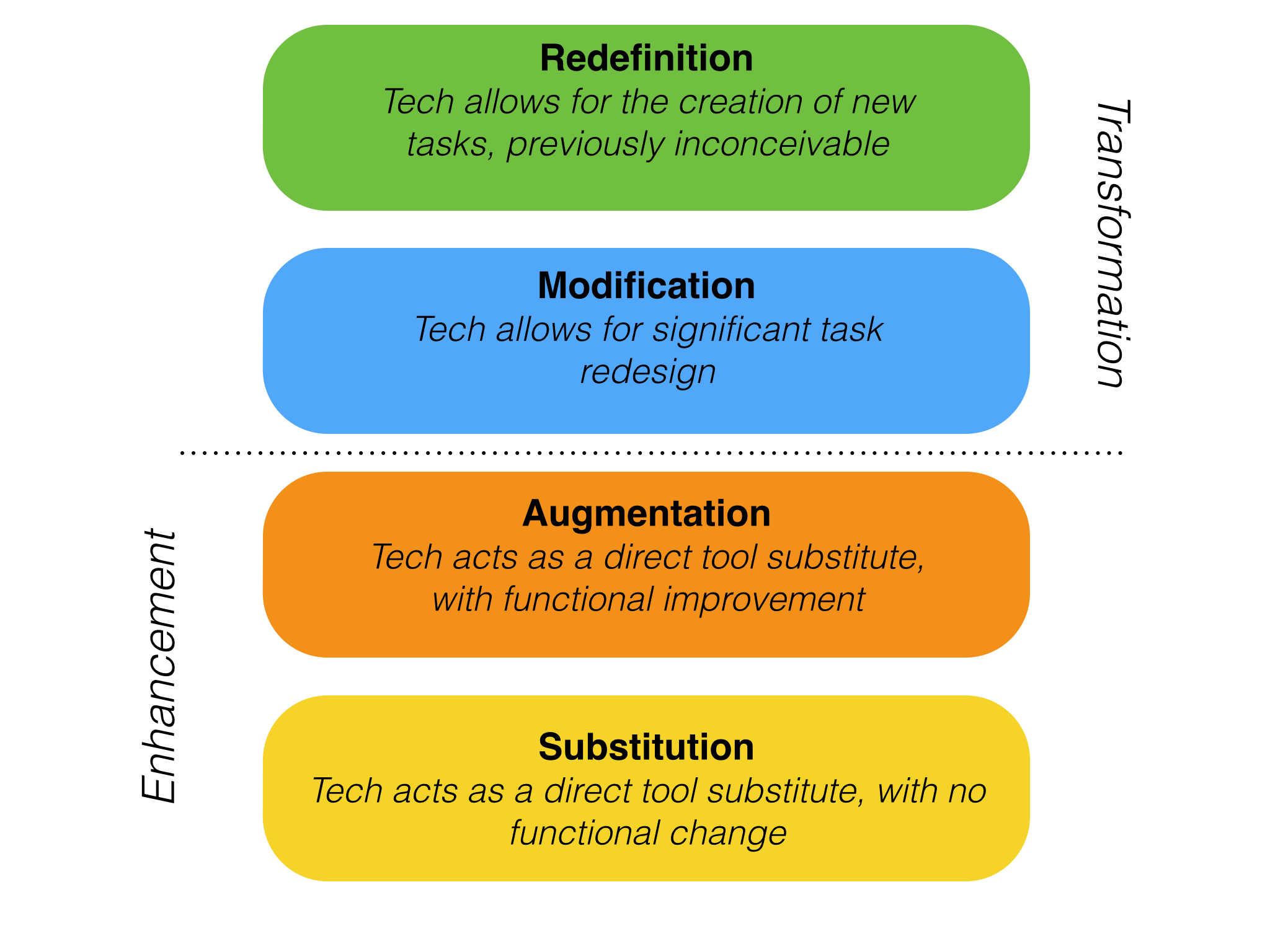I was a little nervous to participate in my first Twitter Chat, however, I read the "How to Participate in a Twitter Chat" and took the author's advice. I signed up for a Hootsuite account and played with that for a couple of days, then I felt prepared to actually be an active participant in a chat. I tried to participate in a couple of chats, but seemed like their wasn't much action and realized that the chat didn't seem to be happening! But, I didn't give up. I was finally able to join the #gafechat and had a great experience. I loved the structure of the questions and answers and really appreciated people adding A1, A2, etc. before their response, so it was easy to follow and understand which question they were answering. I left the chat not only feeling proud of myself for participating, but also had useful tools to consider using and access to Kelly Fitzgerald's website (#gafechat moderator) to utilize for future instructional coach inquiries.
 |
| Q6 Answer |
 |
| Q1 Answer |
 |
| Q2 Answer |
Checkout the complete #gafechat on Lesson Design in a Digital Age here!
Twitter is now going to be a resource for me to stay connected to my school, but also to connect to other business teachers all over the country and even the world (Currently following 77 people, have 9 followers and counting 🙌). I am looking forward to participating in more chats and expanding my PLN.
Connect with me on Twitter: @mrsamber10
Interested in a Twitter Chat? Find a chat to join here: Twitter Chat Schedule





